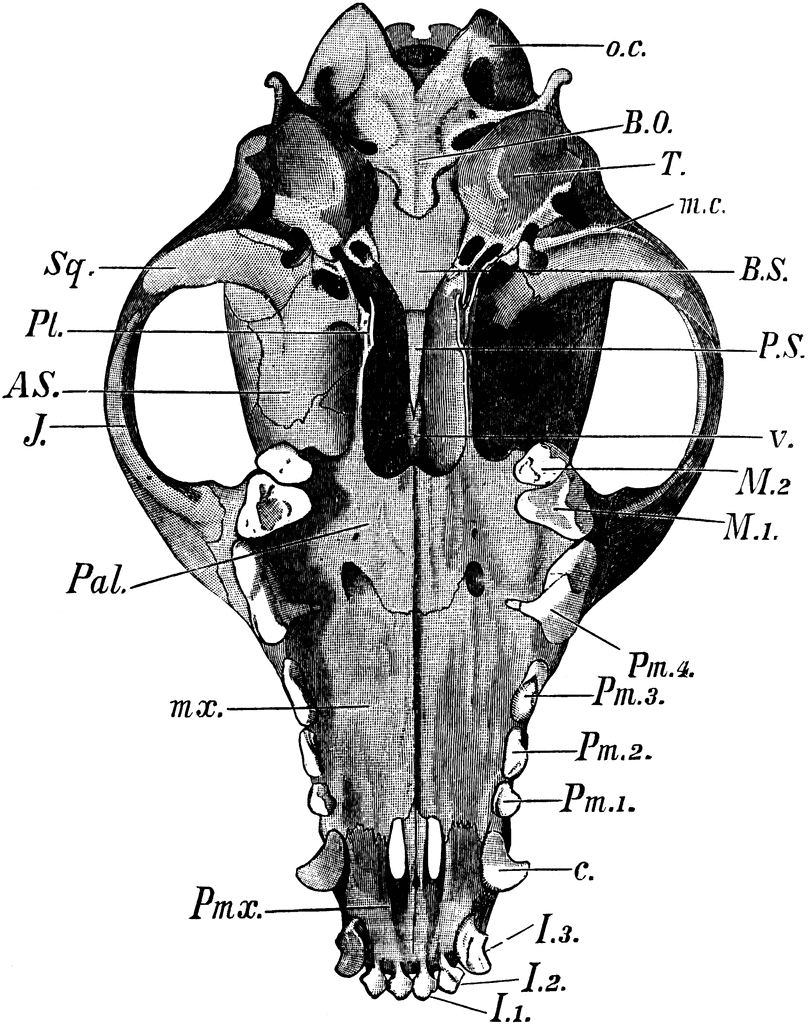“We live on a little island of the articulable which we tend to mistake for reality itself.” Marilynne Robinson, When I Was Child I Read Books, “Imagination and Community”
“Only God Himself can let the bucket down to the depths in us. And, on the other side, he must constantly work as the iconoclast. Every idea of Him we form, He must in mercy shatter. The most blessed result of prayer would be to rise thinking, ‘But I never knew before. I never dreamed…’ I suppose it was at such a moment that Thomas Aquinas said of all his own theology, ‘It reminds me of straw.’” C.S. Lewis, Letters to Malcolm: Chiefly on Prayer
My sister is an interior designer, so when she come to Dallas, she likes to take us with her to design shops and furniture stores she’s eager to visit. A couple of years ago we found ourselves in one such shop called Grange Hall. I had heard of the store, and knew that they had loose leaf tea, which excited me, and that they specialized in curiosities, which interested me, so walking in I expected to find quirky things, and what I found was certainly more Diagon Alley than Dallas, Texas. Among stuffed raccoons and bobcats with bared teeth were sculptures of blindfolded babies holding nail-pierced sacred hearts. On one wall there was a matrix of porcelain faces, forty to fifty in all, with Felix the Cat, Elvis, and Jesus all staring off into the middle distance.
For all that, I found one object especially curious. Hanging on a wall next to a distressed cabinet filled with crystal jewelry there was a wooden plaque covered in tiny, white bones, and on the bronze plate nailed to the bottom it said “Disarticulated Dog Skull.” I don’t know if the bones were real or if they were molds, but they were bleached white, the teeth perfect and unused, the bones ivory slick. The skull was complete from what I could tell, but every tooth, every bone was disjointed from those next to them and every piece was labeled in minuscule and immaculate Latin.
I have to say that before seeing that plaque I had never seen or thought about the word disarticulated, but that skull pulled apart and named only to be arrayed again as a complete thing suggested a concept to me that I had been struggling to name.
Anybody who thinks about words has thought about articulation, about the elegance and precision of the right words in the right order at the right time. Articulation also has to do with the pronunciation and sound of words, with the clarity and progress of musical notes, and with joints. By definition, then, to disarticulate means to disjoint, to take things that naturally or ideally go together and pull them apart. When it comes to bones, disarticulation can mean pain, and when it comes to communication or music disarticulation can mean confusion, the smearing of clarity. So in most cases the act of disarticulation is undesirable, the result of negligence, accident, or violence.
The skull, however, showed me that not all disarticulation is bad, that for the student of a given discipline disarticulation is invaluable. Without the ability to break a subject down into component parts, whether physically or conceptually, learning would be almost impossible. When learning or seeking to understand an idea or topic we need to be able to ask, what are the component parts? What are the smallest digestible logical pieces? For the veterinary student such a plaque would prove an immensely helpful study tool, and the knowledge gleaned from a disarticulated dog skull would prove a great aid in the actual care of actual dogs.
In the same vein, theology benefits from the mode of disarticulation. Thinking about the study of God and of His revelation, we can ask what are the component parts of the discipline, what are their names, what topics fall under them, and how do they all fit together? What comes first? What comes next? Is there pride of place, a privileging of order? There is knowledge that can only be gained from disarticulation and from the subsequent synthesis, from taking things apart and then attempting to explain the whole in terms of the constituent parts.
One way to think of the study of theology and especially the study of systematic theology is to think of them as exercises in disarticulation. In fact, one of the primary things that distinguishes one systematic theology from another is the way in which it disarticulates, the way it pulls apart the relevant topics and then names and arranges the parts. The resulting synthesis is driven by questions of shape and form, by asking how the pieces all fit together. A systematic theologian might ask, what happens when you begin theology with Christ at the center? What happens when you emphasize creation or ethics or community or the Trinity or sovereignty or freedom or beauty or drama?
There are two primary dangers, though, when it comes to the mode of disarticulation in theology. The first is a kind of tunnel vision created by the temptation to live at the level of pulling apart and naming so that all you ever have is parts and never a whole. Here the distinctions multiply. Hairs are split only to be split again. The things named become more innumerable and less distinguishable. Battles are waged over ever diminishing parcels of land. The second is the temptation to memorialize, to mount your theology on the wall like the dog skull, and let the meticulous placement of the bones and the tiny scrawl of names stand for theology in perpetuity, as if theology were a task that could be completed and not a continual response to the revelation of God.
And this is the thing I so often forget, the thing that the people I talk “theology” with so often forget–revelation itself does not change, but we do, and our ability to process it, to respond to it, to synthesize it does. Over time, for the individual or for a school of thought or for a movement, things must be reconsidered, things must be rebuilt from the ground up. This is what is so provocative about Lewis’s image of God as iconoclast because it so often God Himself who brings us to the point of reconsideration, and more specifically, to the point of disintegration. Just ask Job as he peers into the whirlwind. Ask Isaiah as he stands in the temple and experiences a kind existential disarticulation as he gazes on the majesty of God. Ask the everyday mystics who labor in prayer. Ask those people in your church who stand on the other side of trauma or tragedy.
The message is clear. While theologians engage in disarticulation, no one is immune or excluded from being disarticulated by God himself. We too can be undone by our encounters with revelation. As the writer of Hebrews puts it, God’s word itself is engaged in the work of disarticulation, taking apart what we assumed could not be taken apart, “piercing to the division of soul and of spirit, of joints and of marrow.” Theology is not itself revelation; it is rather our best accounting for revelation, and if we treat our theology like the the dog skull mounted on the wall, labeled and named for all time, and it will eventually only be useful as a curiosity or conversation piece. When we become comfortable, and make no mistake theologians and Christians alike are oh so prone to comfortability, God in His pleasure reserves the right to tear the pieces apart so that we have to start putting them back together again. Or as Jason Isbell sings,
You thought God was an architect, now you know
He’s something like a pipe bomb ready to blow
And everything you built that’s all for show goes up in flames
In 24 frames
Be sure to subscribe to my newsletter to get all the essays in this series delivered to your inbox with notes on what I was reading, thinking, listening to while I was writing:

